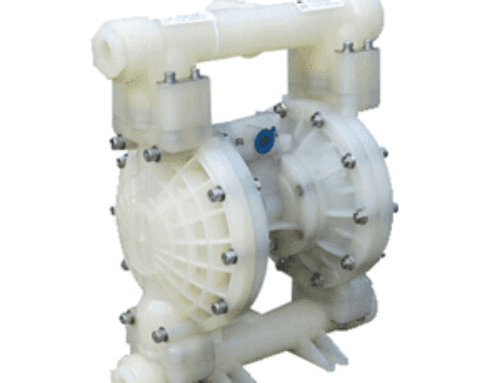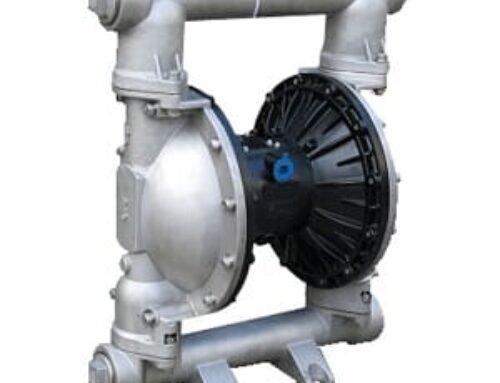Many industries rely on dosing pumps for accurate chemical handling. These include water treatment, agriculture, chemical processing, and food production. For any dosing application to succeed, operators need to carefully manage two key variables: stroke adjustment and flow rate.
These two factors determine how much fluid the pump doses. They also affect how accurately and efficiently the fluid is delivered. This guide breaks down how stroke adjustment works, what flow rate means in dosing systems, and how calibration and turndown ratio affect precision.
What Is Stroke Adjustment?
In a dosing pump, the term stroke refers to the full motion of the pump’s diaphragm or piston during each cycle. Stroke adjustment is the ability to change the length or depth of this motion. By increasing or decreasing the stroke length, operators can directly affect how much liquid is dispensed per stroke.
Some pumps allow manual stroke adjustment using a dial or handwheel, while more advanced models offer electronic or automatic adjustment via external control signals. This control is especially useful in applications where fluid volume needs to be adjusted in real time.
Understanding Flow Rate
Flow rate is the volume of liquid a pump delivers over a set period, usually expressed in liters per hour (LPH) or gallons per minute (GPM). It depends on two main factors:
- Stroke length – How far the diaphragm or piston moves.
- Stroke frequency – How many strokes the pump completes per minute.
Together, these factors determine the pump’s output capacity. Accurate control of flow rate is crucial for maintaining chemical balance, minimizing waste, and ensuring compliance with industry standards.
The Role of Calibration
Even the most precisely built dosing pump can deliver inconsistent flow if it’s not properly calibrated. Calibration ensures that the actual flow matches the intended flow rate. This process usually involves:
- Running the pump for a set time.
- Measuring the actual output.
- Comparing it against the target value.
- Adjusting stroke length or motor speed to correct discrepancies.
Regular calibration is especially important in industries that deal with critical chemical dosing, such as pharmaceuticals or wastewater treatment.
As a general guideline, operators should calibrate dosing pumps at least once every three months. For high-precision or safety-critical applications, monthly calibration or verification before each major process cycle is recommended.
What Is a Turndown Ratio?
Turndown ratio is a measure of a dosing pump’s flexibility. It’s defined as the maximum flow rate divided by the minimum controllable flow rate. For example, a pump with a maximum flow of 100 LPH and a minimum of 10 LPH has a turndown ratio of 10:1.
A wider turndown ratio means the pump can operate efficiently across a broader range of flow rates. This is beneficial when processes require frequent adjustments or variable dosing volumes. However, accuracy can suffer at the extreme low end of the range, which is why stroke length and frequency must be carefully coordinated.
Final Thoughts
To operate a dosing pump effectively, you need to understand how stroke adjustment impacts flow rate and dosing performance. If you’re fine-tuning a system, you need to understand calibration and turndown ratio. The same applies when troubleshooting dosing issues. This knowledge helps you maintain precision and improve performance.
Calibrate regularly. Adjust stroke settings when needed. These small steps go a long way in keeping your dosing pumps accurate and consistent.






Leave A Comment